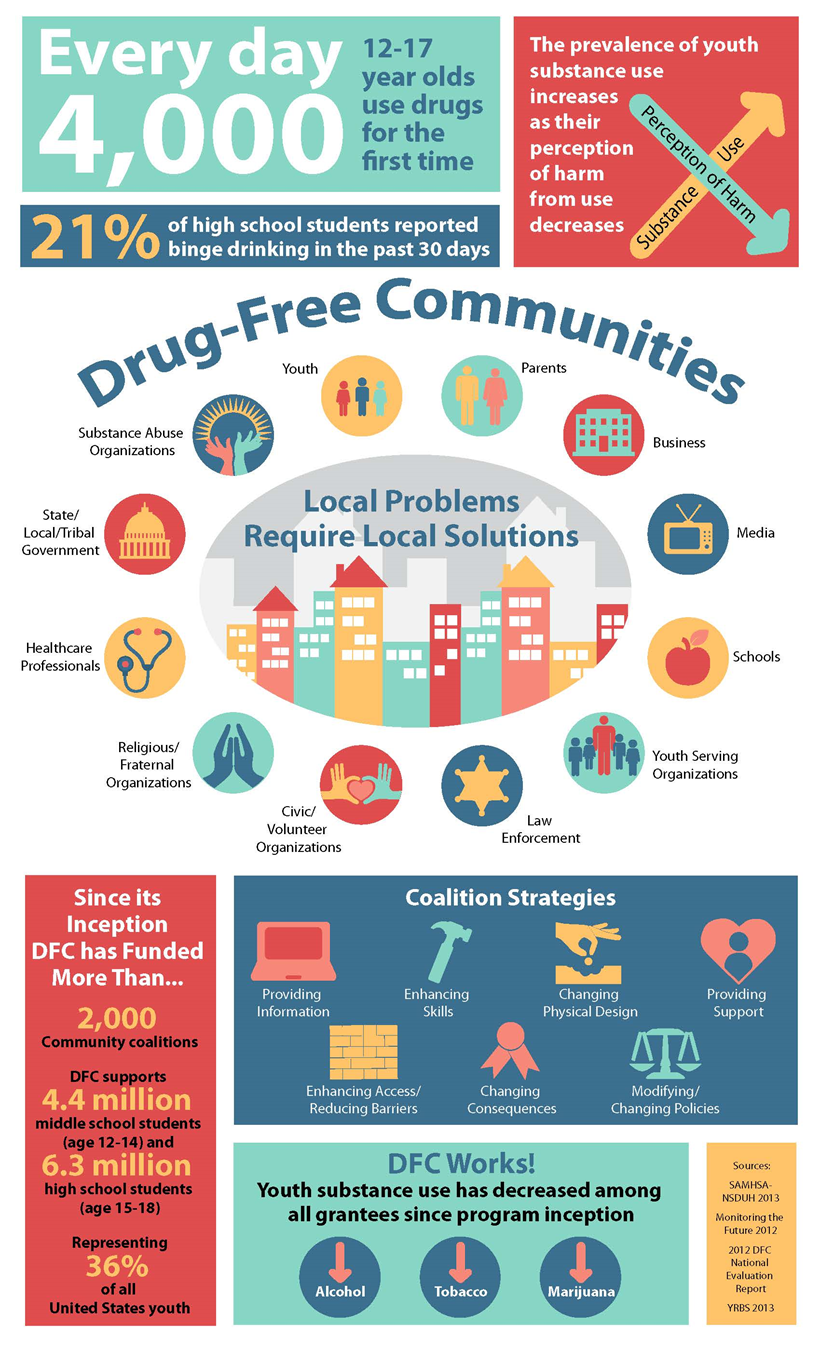Roselle “Everett Hatcher” Prevention Coalition’s (REHPC)
The vision of the Roselle “Everett Hatcher” Prevention Coalition’s (REHPC) is to foster the growth of a successful community of youth and families making positive choices to remain drug free.
Our mission is to inform, connect, and bring awareness to the youth and families of Roselle of the substance abuse issues impacting our neighborhood through education, prevention, and enforcement in order to reduce and prevent youth drug use.
The formation and history of our coalition is tied to the story of one man’s life cut short by drug related violence. The Roselle “Everett Hatcher” Prevention Coalition (referred hereafter as REHPC) was named after Special Agent Everett E. Hatcher of the Drug Enforcement Administration’s New York Field Division, who was shot and killed on February 28, 1989, during an undercover investigation on Staten Island in New York City.
Special Agent Hatcher was 46 years old and a lifelong resident of Roselle. He was survived by his wife Mary Jane and two sons, Zachary and Joshua. His death motivated a group of concerned citizens to ban together to reclaim their community from the deleterious effects of substance abuse.
Shortly after its formation, REHPC joined the state of New Jersey in its efforts to implement a statewide planning committee designed to create a prevention focused infrastructure throughout the state to address the raising drug related crime that was impacting New Jersey. The New Jersey Governors Council on Alcoholism and Drug Abuse (GCADA), formed by legislation in 1989, links local efforts to a statewide planning structure and REHPC was tapped to participate on behalf of Roselle. In that role, REHPC has sponsored school based prevention education programs, helped support the start of the Roselle Junior Police Academy and participated in the County Red Ribbon Day Activities.
There have been a few major incidents over the past several years that have fueled a revitalized interest in strengthening REHPC efforts and are reflective of our current level of community readiness to effectuate lasting change.
Our work to create community changes in youth substance abuse, is far from done. Recent incidents have increased the awareness about our coalition and the overall community readiness to address this issue. REHPC has leveraged local resources to access member training through collaboration with Prevention Links, the regional state funded prevention agency and the state planning committee, GCADA. REHPC members have received some exposure and entry level training in the Community Anti-Drug Coalitions of America (CADCA) training materials. All of these efforts have positioned us to increase our ability to create community changes in youth substance use.
Our coalition’s organizational structure: REHPC was developed and is managed by a volunteer committee in partnership with the Borough of Roselle (the legal grantee) and has been addressing substance abuse prevention since 1989. REHPC’s goal is to prevent and reduce youth substance abuse in Roselle. From its inception, the coalition has followed a shared leadership model. With shared responsibilities divided across the coalition membership, everyone believes that they are a part of the movement. For the first decade or more, we were very organic and organized activities that were well intended and generated community awareness and support. More recently, our structure has been enhanced as we have been introduced to coalition building strategies through our partnership with Prevention Links.
With support from GCADA, members of REHPC attended the New Jersey Coalition Academy where we were introduced to the CADCA Capacity Primer. REHPC leadership team has developed an actual checklist that ensures our internal structure is aligned with the recommendation in the Capacity Primer. From this training we were able to introduce a set of member by-laws establishing clear roles and a defined organizational structure; established good meeting habits, enhance communication strategies and methods for follow-through; and we have introduced a system to create appropriate financial practices in anticipation of this award. Currently, this structure is monitored by our coalition chairperson and coalition coordinator. The coalition chairperson is a volunteer that is selected by the coalition to act as its lead representative and meeting organizer. The coalition coordinator receives a very small stipend through our involvement with the State planning committee, GCADA. But honestly, it is a small stipend and she volunteers the majority of her time as well. Together with the rest of the team, they follow the Capacity Checklist Primer to the best of their ability with the limited resources available.
The development of policies/procedures, by-laws, roles and responsibilities of staff and coalition members was updated and established in preparation for our 2014 GCADA Planning Process. During this process, the 12 sector members met monthly to plan programs and identify new community volunteers.

